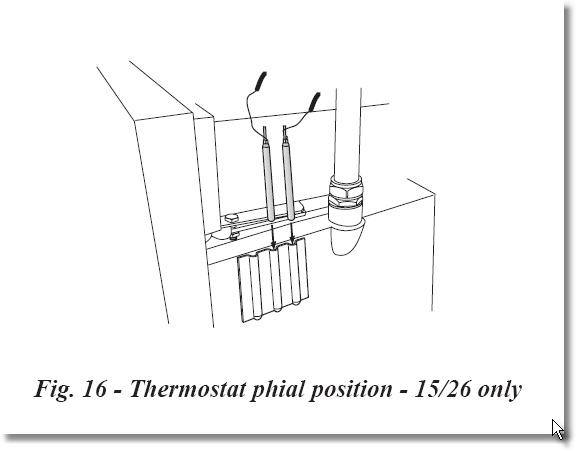Hi
Is it manadatory to have a low pressure switch incorporated in a central heating system ?
From what I understand if there is a leak and the sealed pressure drops off the switch will activate and shut off the boiler.
Does it have to be fitted when plastic pipework has been used as part of the CH system ?
I take it that if it was not incorporated and the system sprung a leak the boiler would shut down on either the boiler stat or the overheat stat if the boiler continued to run ?
Cheers
Is it manadatory to have a low pressure switch incorporated in a central heating system ?
From what I understand if there is a leak and the sealed pressure drops off the switch will activate and shut off the boiler.
Does it have to be fitted when plastic pipework has been used as part of the CH system ?
I take it that if it was not incorporated and the system sprung a leak the boiler would shut down on either the boiler stat or the overheat stat if the boiler continued to run ?
Cheers



